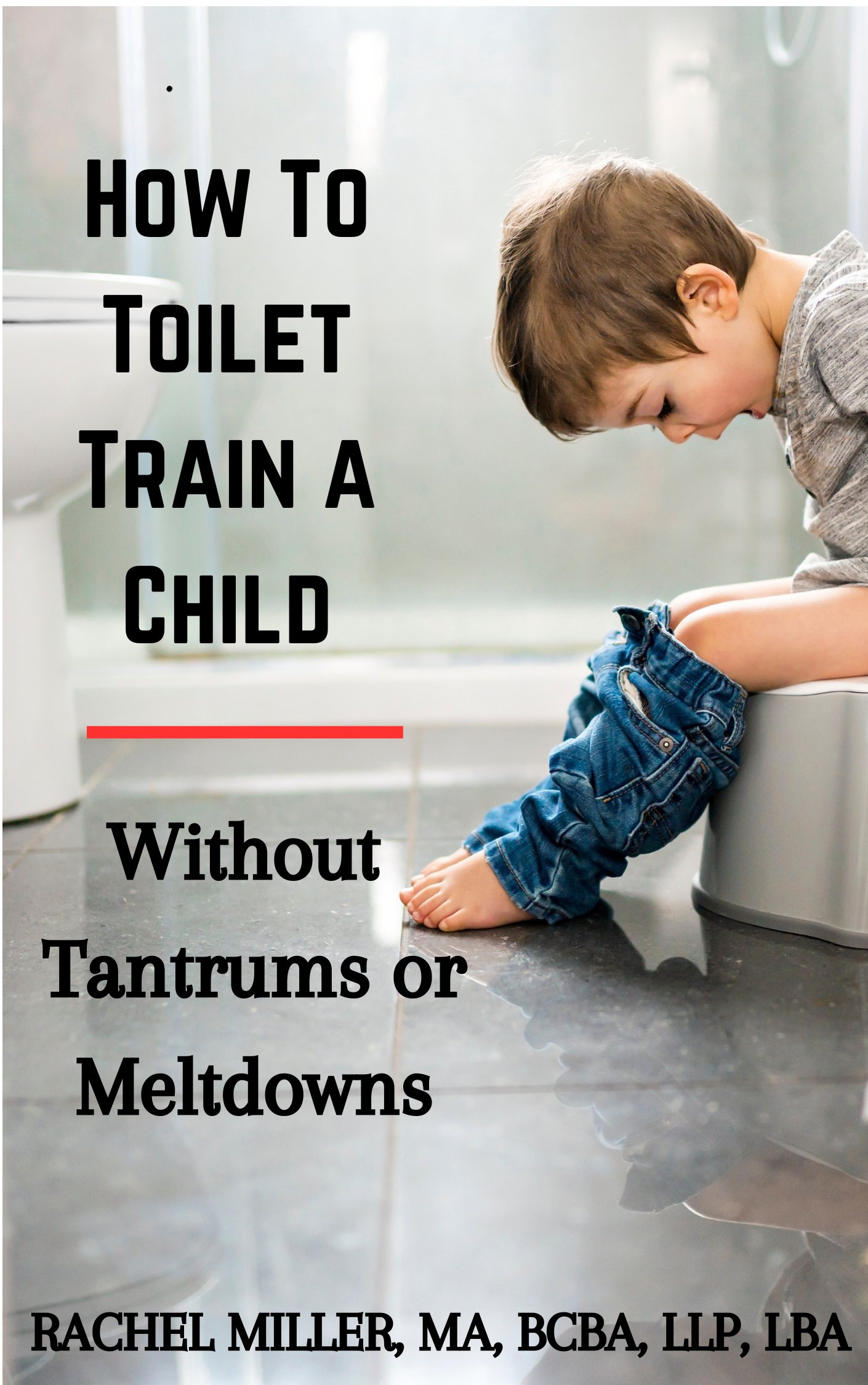Bullies in School

Is your child dealing with bullies in school? Learn how to stop a bully in middle school and high schools with an incredible script guide resource teaching children how to respond. Bullying is becoming an increasing problem within the schools today. Statistics show that at least 30% of children are involved as the bully, the victim or both (1). The sad part about this situation is that there isn’t always an easy solution to the problem.
Especially with the effects of bullying and suicide becoming more common, it is even more important to find ways to stop these kids before any more children become “bullied to death.” For a child that is the victim, telling could result in even greater repercussions. When you add school shootings on top of this and the risk of kids going over the top when involved in a situation, it's more important now than ever to help kids learn how to navigate these situations.
For a child that is the bully, getting in trouble for bullying others often only makes the him/her feel even more angry or insecure, potentially increasing the reasons for behaving this way in the first place. So, what can we do?
Help for the victim
Teaching children that are victims how to deal with bullies in school is a great place to start. If a child can learn how to respond in a way that doesn’t reinforce the bully’s behavior, then that person will likely discontinue what he/she has been doing.
So, what type of reaction are school bullies looking for when choosing a victim? They are looking for a child that is easily angered or upset. The reason for this may be that the person feels angry and upset, so he/she feels better by making another person feel this way. It could also be because the person finds the reaction of the child amusing.
Role-playing with the victims to teach them alternative ways to respond to bullies in school is a good way to provide them with practice and repetition. Telling a child to pretend like they don’t care is not as effective.
as allowing them to practice the techniques. Some really great ideas for how to respond to school bullies can be found in the Bullies to Buddies program by Izzy Kahlman.
He has many resources that offer specific things to say to bullies in school based on the situation provided. When practiced with children in role-play, the child is able to better handle bullying as a victim. One example may include the following scenario:
Bully: I hear you pee your pants!
Victim: Do you believe it?
Bully: Yeah I do! You pee your pants! You pee your pants!
Victim: Well you can believe whatever you want. (child walks away non-emotional)
This scenario shows how bullies hoping to get the child to cry or get really upset, but by using the victim’s words and acting like he could care less what the bully thought, the bully received no reinforcement for his behavior. It’s also important to talk to the victim about how the bully is hoping to get him upset.
You may even do some opposite role-play by asking the victim to pretend to bully the adult. Then have the adult pretend to get really upset and overreact. This allows the victim to see how it can be entertaining and amusing to the bully and will help the victim to avoid showing these reactions when being bullied.
Dealing with the bullies in school
Antibullying efforts are also important. If a kid reports that another student is bullying him/her, then action needs to be made immediately in dealing with the bully. However, I think it’s important for the bully to have logical consequences and not simply a punishment for his/her bullying.
Punishments can increase anger and make the individual more likely to bully in the future. A child that bullies often feels insecure and has difficulties managing his/her own anger. What they really need is help from a professional psychologist or behaviorist.
The best option would be making sure there is a protocol in place at the school that involves counseling for the bully, teaching ways to develop appropriate relationships with others, and/or teaching the bully better anger management techniques.
There may even be some challenges within the child’s home that are causing him/her to take out that frustration on other children at school. Therefore, working with that child in a non-punitive manner that provides support and helps the child learn other ways to interact with children is very important.
If you haven't already, be sure to check out my ebooks, now on Amazon!

